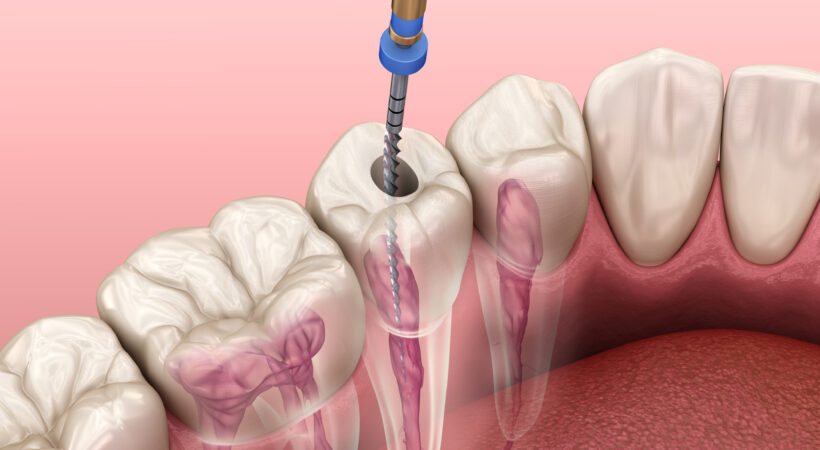In the realm of dentistry, few procedures evoke as much apprehension as root canal therapy. However, what was once feared as a painful ordeal has evolved into a sophisticated and effective treatment that offers patients much-needed relief from dental discomfort. Root canal therapy, often referred to simply as a root canal, has undergone significant advancements over the years, transforming it into a procedure that not only alleviates pain but also preserves the natural tooth structure. Let’s delve into the evolution of root canal therapy and how it has become a cornerstone of modern dental care, all while upholding the principles of dental confidentiality.
Root canal therapy is a dental procedure aimed at treating infections within the tooth’s pulp, which houses the nerves, blood vessels, and connective tissues. These infections often result from deep decay, trauma, or repeated dental procedures on the tooth. Historically, root canal therapy was synonymous with prolonged discomfort and anxiety for patients due to limited anesthetic options and rudimentary techniques. However, advancements in dental technology and techniques have revolutionized the procedure, making it significantly more comfortable and predictable.
One of the most notable advancements in root canal therapy is the use of advanced imaging techniques such as digital radiography and cone-beam computed tomography (CBCT). These technologies allow dentists to obtain detailed and accurate images of the tooth’s internal anatomy, enabling precise diagnosis and treatment planning. By visualizing the root canal system in three dimensions, dentists can identify infections, abnormalities, and anatomical variations that may have been overlooked in the past. This enhanced diagnostic capability ensures more successful outcomes and reduces the likelihood of complications.
Furthermore, the evolution of endodontic instruments and materials has significantly improved the efficiency and effectiveness of root canal therapy. Modern rotary instruments made from nickel-titanium alloys enable dentists to clean and shape the root canal system with greater precision and efficiency than traditional hand files. Additionally, advancements in root canal irrigants and sealants have improved disinfection and sealing of the root canal space, reducing the risk of reinfection and improving long-term outcomes.
Beyond technological advancements, the evolution of root canal therapy also encompasses changes in clinical protocols and patient care practices. Dental professionals now emphasize a minimally invasive approach to root canal therapy, preserving as much of the natural tooth structure as possible while effectively treating the infection. This approach not only enhances the longevity of the treated tooth but also minimizes patient discomfort and post-operative complications.
Moreover, the importance of dental confidentiality in root canal therapy cannot be overstated. Patients entrust their dentists with sensitive personal and medical information, and maintaining confidentiality is essential to building trust and ensuring ethical treatment. Dental professionals are bound by strict ethical and legal obligations to protect patient confidentiality, safeguarding their privacy and sensitive health information. This commitment to confidentiality extends to all aspects of dental care, including root canal therapy, where patients may disclose information about their medical history, lifestyle habits, and oral health concerns.
In conclusion, root canal therapy has come a long way from its origins as a dreaded dental procedure to become a cornerstone of modern dental care. Advancements in technology, materials, and clinical practices have transformed root canal therapy into a predictable and comfortable treatment option for patients suffering from dental infections. Moreover, dental professionals uphold the principles of dental confidentiality, ensuring that patients’ privacy and sensitive health information are protected throughout the treatment process. As root canal therapy continues to evolve, patients can rest assured knowing that they are receiving the highest standard of care while experiencing relief from dental pain and discomfort.
